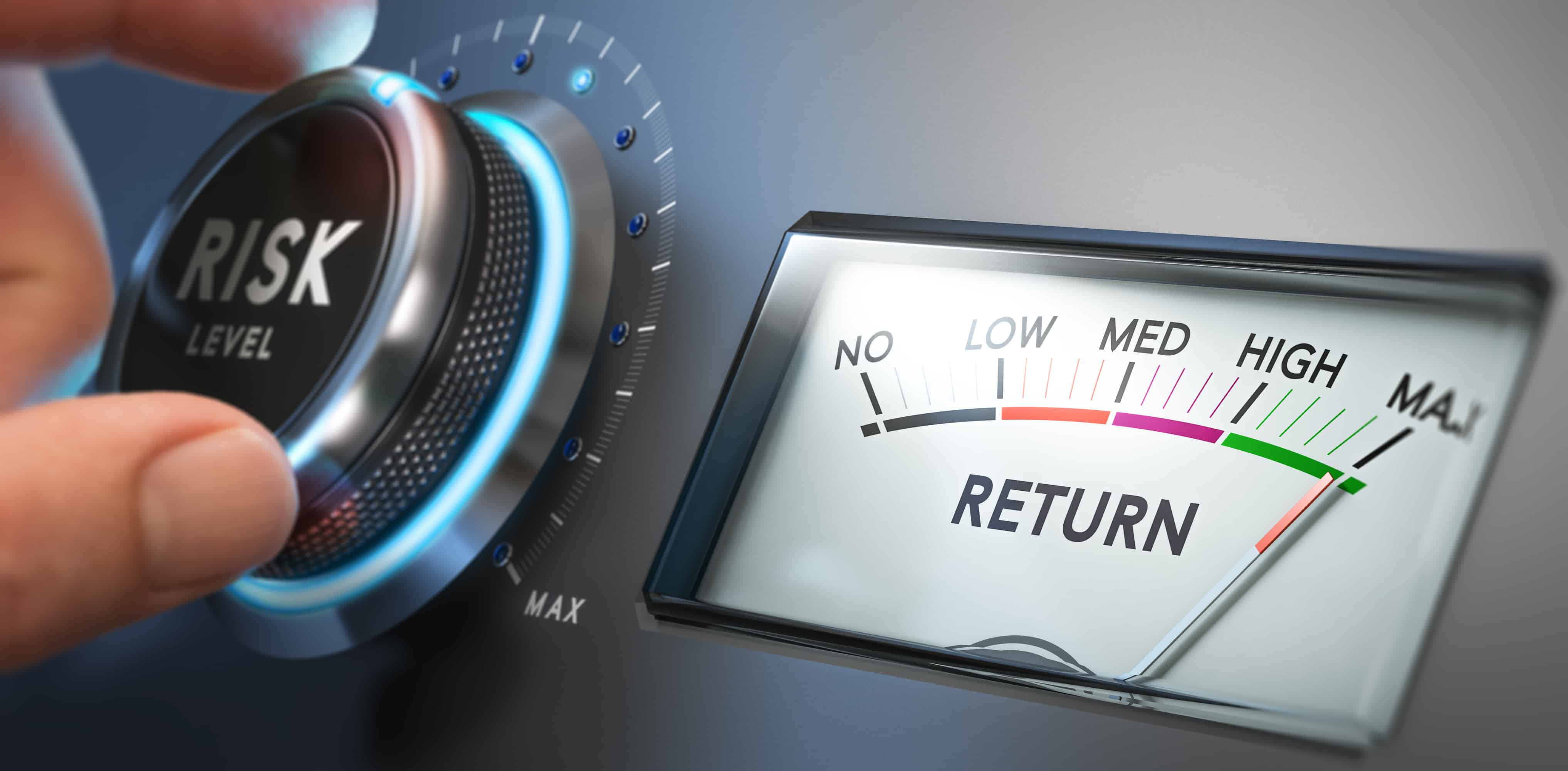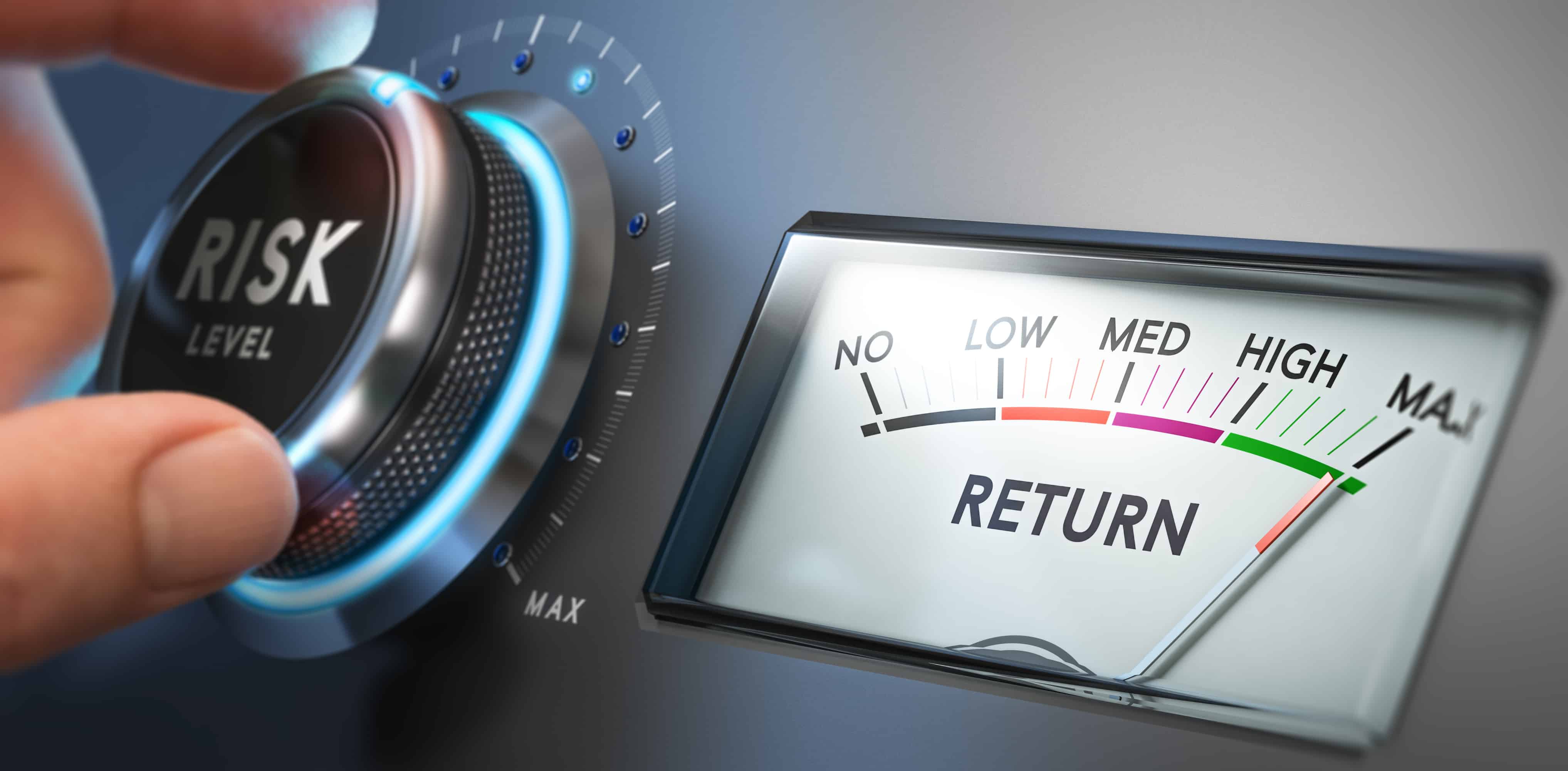Time to check your risk tolerance

It is a good time to take a reality check on how aggressively you are invested. The 6.9% decline in the S&P 500 Index over October was gut-wrenching. But entirely within the realm of probability given the historical data. Here are some questions to ask.
Did you find yourself checking your investment portfolios every day? How about every hour? Did you have trouble focusing on other, possibly more important, things like your job, or your family and friends? Was it more difficult to sleep at night, or did you lay awake worrying about the markets?
How much time did you spend checking the averages and listening to the talking heads on television or in the print media? Did you call your broker or investment advisor and, if so, how many times? Did you want to blame someone for the market’s decline? Did you need that money for something immediate?
If you answered yes to any of the above questions, you are probably invested too aggressively. That’s not to say that a sell-off is in any way pleasant. Everyone feels the disappointment, the pain of losing money, and the fear that tomorrow will bring more of the same. And even though your losses are only on paper, you still feel some anxiety. The question is how you handle it.
By now, most of my readers understand that the stock market is not a one-way street. Investors should expect at least three declines of around 5 percent and one decline of 10% per year in the stock market. That’s on average. There have been plenty of times when the averages have declined more than that. Over the course of the last several years that has occurred consistently, and it will continue to do so for the next several decades into the future.
And one’s risk tolerance is both personal and financial. Only you can tell youself what it is or should be. And risk is not static. It changes over time. How much risk you are willing to take depends on many things; some, such as your health or your job are different than when you will need the money in your investment accounts.
Geopolitical events such as Brexit, the Trump election, North Korean conflict, stock market valuations, and the next recession will also impact your attitude about risk. None of the above remain static. What was a negative development last year (like the Trump vs. Kim double dog dare) may be a positive this year, such as North Korean nuclear disarmament.
We can try to break risk down into two concepts: risk tolerance and your capacity for risks. Capacity for risk is how much you can afford to lose. That is measurable and involves time and finances. If you are saving for retirement, which is decades away, you can afford to lose more in the short-term, because you won’t need the money anytime soon. Over time, the stock market has been shown to be a good investment and will make up your losses and then some if you remain patient and don’t panic.
For example, the pain and fear are real for someone in their forties or fifties, who holds a $5 million portfolio, which looses $500,000 in a ten percent correction, over the course of two months. Yet, if that person plans to retire twenty years from now and has a god paying job that is secure, then they have the capacity to hang in there, even buy more, because they won’t be needing to tap those funds for decades.
On the other hand, if that money were needed to pay next month’s mortgage or car payment, the purchase of a house in two weeks, the first semester’s payment on their kid’s college education, then that capacity for risk is far lower.
Risk tolerance is far more connected with your emotions; fear and greed among the most prevalent. It is greed that drives an investor’s desire to “beat the market,” something that is as hopeless as winning consistently at the slot machines. Fear is what drives you to sell at the top (fairly easy), but also destroys your ability to buy at the bottom (almost impossible).
So how do you determine these risks and when they change? It’s not easy. Start with the questions I asked, and if you answered yes to any of them, review your risk appetite, preferably with someone like an advisor or financial planner. I found that it is far easier to examine your risk tolerance after a market sell-off when the pain is still fresh than when the markets are roaring.
Bill Schmick is registered as an investment advisor representative of Onota Partners, Inc., in the Berkshires. Bill’s forecasts and opinions are purely his own and do not necessarily represent the views of Onota Partners, Inc. (OPI). None of his commentary is or should be considered investment advice. Anyone seeking individualized investment advice should contact a qualified investment adviser. None of the information presented in this article is intended to be and should not be construed as an endorsement of OPI, Inc. or a solicitation to become a client of OPI.
Any mention of specific securities or investments is for illustrative purposes only. Adviser’s clients may or may not hold the securities discussed in their portfolios. Adviser makes no representations that any of the securities discussed have been or will be profitable.
The reader should not assume that any strategies, or specific investments discussed are employed, bought, sold or held by OPI.
Direct your inquiries to Bill at 1-413-347-2401 or e-mail him at billiams1948@gmail.com.








